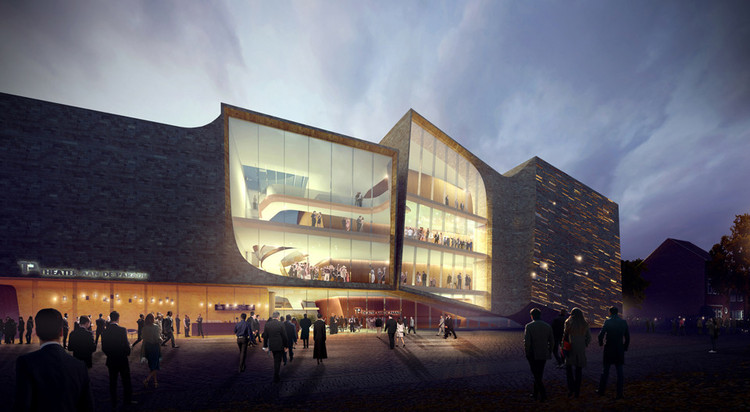
For decades, one of the most pressing questions surrounding architecture and urban planning has been "who gets to decide what is built?" Various systems have been tried, but one of the most popular strategies to emerge in recent years has been "The Public Vote." Thanks to the new possibilities afforded by the internet, it's becoming increasingly common to display all the entries to competitions to the public, as in the Guggenheim Helsinki competition, and even to have the public vote for their favorite, as in the recent competition to design Den Bosch's city centre theatre, or even Karim Rashid's informal poll of his Facebook followers to choose a facade for one of his designs. In some ways these approaches seem like the perfect response to years of complaints that decisions are made behind closed doors, away from the people who they affect.
But can the public be wrong? It's often acknowledged that the choices made by decision making bodies are rarely the same as the ones the public would make, especially when it comes to art and architecture. It's also true that some of the most beloved buildings today would have been demolished if left to public taste - but then some of the buildings that were demolished may not have been either. Where do the boundaries lie between public taste and expert opinion? And if expert opinions are required, then who gets to make the decision?
We want to open this discussion up to our readers to share their views on architecture and public participation. Do these public votes represent a new era for democratic architecture, or do they reduce architecture to a series of simplistic renders presented for popular approval? Are votes the right balance between architectural expertise and public opinion, or should engagement be invited before planning even begins - or another time entirely?
Let us know what you think about the issue in the comments below. The most insightful, interesting and thoughtful comments will be featured in a future article.

